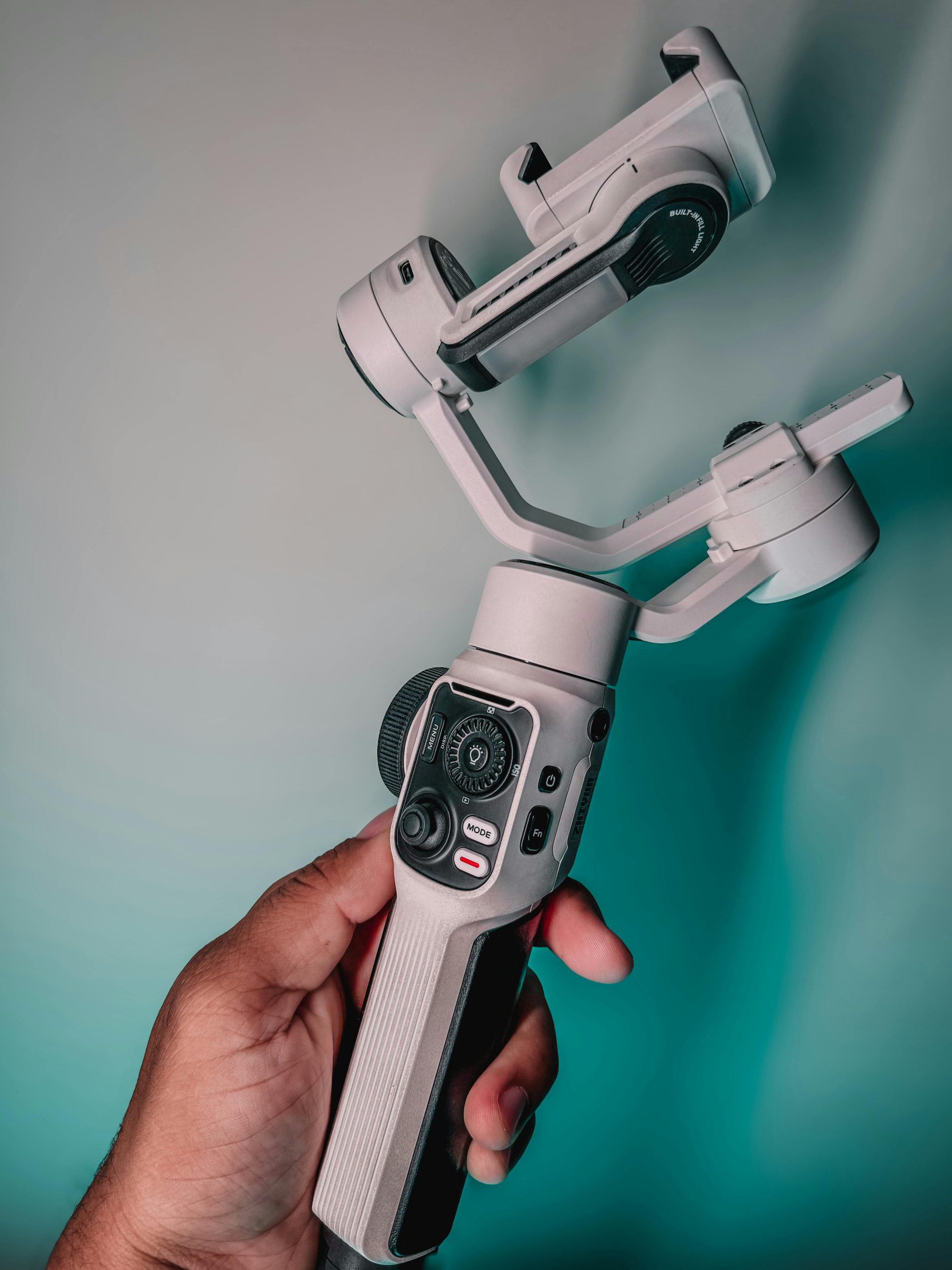Midjourney releases new AI Generative Video model, and once again proves nothing is ever going to be the same for film & broadcast.
Revolutionizing Film and Broadcast: Midjourney Launches Groundbreaking AI Generative Video Model
The landscape of film and broadcast production is experiencing a seismic shift. With the recent release of Midjourney’s latest AI video generation model, it’s now more evident than ever that the industry is on the brink of a transformative era.
Midjourney’s new V1 Video Model (more details can be found here) promises to push the boundaries of creative content creation. For those who doubted that AI-generated video could soon rival traditional cinematic quality, it’s time to revisit those assumptions. The advancement is happening at an exponential rate, signaling that our workflows, storytelling methods, and even employment opportunities in film and game development could be fundamentally reshaped— and not necessarily in a predictable way.
Independent creators, such as NeuralViz (check out their work), exemplify the innovative spirit thriving in this new frontier. They are leveraging these tools to democratize content creation, opening doors for those without extensive financial backing to bring their visions to life.
However, not all industry giants are adapting as swiftly. In a surprising twist, companies like Industrial Light and Magic (ILM), historically at the vanguard of visual effects, seem to be approaching the AI revolution with more caution—perhaps even resisting its profound implications (see this discussion). This hesitation raises important questions about how traditional studios will balance innovation with job security, professional standards, and ethical responsibilities amid the changing tide.
One of the most compelling debates centers around ethics, copyright, and the future of work. The increasing accessibility of local AI models—trainable on personal and public domain data—enables independent artists and small studios to craft high-quality visuals without relying on monopolized distribution channels. This democratization fosters new employment opportunities for creators who lack access to expensive studio infrastructure, provided they navigate the legal and ethical landscapes carefully.
Yet, challenges remain. Issues around fairness—such as algorithmic bias in selecting what content gains visibility—and the concentration of promotional power among major media conglomerates threaten to skew opportunities and stifle diverse voices.
Additionally, the broader internet ecosystem is under significant strain. With bots proliferating misinformation, propaganda, and malicious schemes like phishing and scams, the role of advanced AI in content creation introduces complex societal considerations














Post Comment